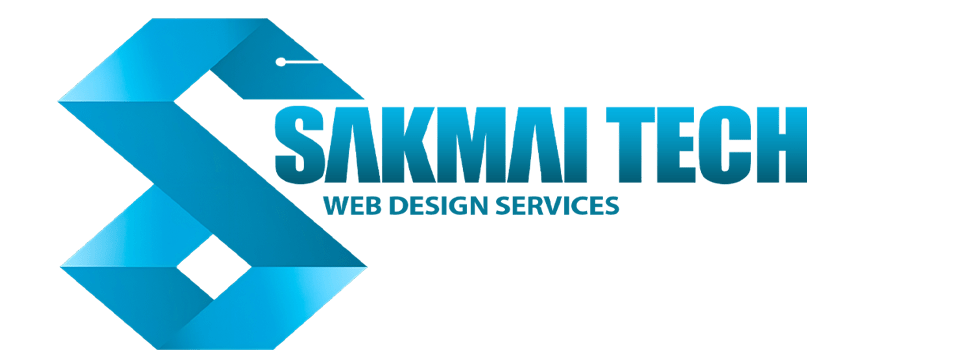
The shift to working from home has evolved from a temporary crisis response to a permanent, strategic component of the modern workplace. In 2025, succeeding in a remote or hybrid role requires more than just a laptop; it demands a disciplined approach to productivity, technology, and well-being.

I. Finding Your Remote Opportunity in 2025
The job market continues to favor roles built for digital execution. To secure a work-from-home position, focus on acquiring skills in high-demand, location-independent fields:
Technology & Data: Software Development, Cybersecurity Analysis, Data Science, and IT Support remain the backbone of remote work.
Digital Commerce: Remote roles in Digital Marketing (SEO, PPC), Content Creation, UX/UI Design, and E-commerce management are rapidly growing.
Business Operations: Customer Success Managers, Virtual Assistants, Project Managers, and Financial Analysts are increasingly hired remotely to streamline distributed business operations.
Upskilling is Key: The integration of AI and automation means that continuous learning in areas like Generative AI tools and advanced digital collaboration platforms is crucial for staying competitive. Platforms offering online certifications are an excellent resource for this upskilling.
II. Mastering the Remote Setup: Ergonomics and Technology
Your home environment is your new office, and setting it up correctly is non-negotiable for long-term success and health.
Create a Dedicated Workspace: The psychological boundary between work and home is vital. Dedicate a specific area, preferably with a door, that is exclusively for work. This space signals to your brain (and family) that you are “at work.”

Prioritize Ergonomics: Invest in quality equipment. A comfortable, ergonomic chair and a good monitor positioned at eye level can prevent long-term strain. Consider a second monitor, which is a proven game-changer for digital productivity.
Ensure Tech Reliability: High-speed, stable internet is foundational. Test your speed and have a backup plan (like a mobile hotspot) for inevitable outages. Invest in a quality webcam and a noise-canceling headset for clear, professional video calls.
III. The Discipline of Remote Productivity
Without the structure of an office, you must become the manager of your own time and performance.
Establish a Routine and Rituals: Create a “start-of-day” ritual (like taking a short walk or changing clothes) to replace the commute and signal to your mind that it’s time to work. Similarly, an “end-of-day” ritual (e.g., closing your laptop and physically leaving your desk) is essential for disconnecting.
Schedule for Deep Work: Identify your peak productivity hours and block them out for “deep work”—your most important, focus-intensive tasks. Use time-management techniques like the Pomodoro Technique (25 minutes of focus, 5-minute break) to maintain momentum.
Focus on Outcomes, Not Hours: The modern remote culture is shifting from monitoring time spent to measuring tangible results. Use clear, measurable goals (like OKRs or weekly deliverables) to track your progress and demonstrate your value.
Take Strategic Breaks: Schedule regular, short breaks to stretch or rest your eyes. This prevents burnout and increases overall focus.
IV. Communication and Boundaries in a Hybrid World
Effective remote work relies heavily on clear, intentional communication and the ability to maintain strong boundaries.
Overcommunicate Intentionally: Since body language is removed, you must be explicit in your written and verbal communication. Use asynchronous tools (like email or Slack threads) for non-urgent updates and reserve real-time video calls for complex discussions or team bonding. Be detailed in your messages, providing all necessary context upfront.
Define Clear Boundaries: Set and communicate your work hours to your team and family. Crucially, stick to them. Turn off work notifications on your personal devices outside of those hours to protect your personal time.
Combat Isolation: Remote work can be isolating. Proactively maintain social connections through informal virtual coffee breaks, team-building video calls, or using virtual co-working platforms (often called ‘body doubling’) to maintain social presence without constant pressure.
By combining the right technical skills with a disciplined approach to your environment and communication, you can fully leverage the flexibility of remote work and thrive professionally in 2025.


